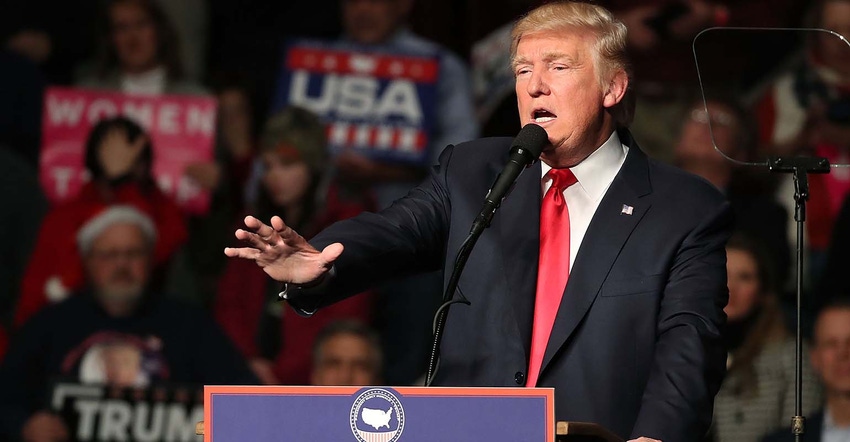May 31, 2018

Trying to keep track of the tariff tit-for-tat surrounding Trump’s steel and aluminum tariffs and the off-again, on-again trade dispute with China? You’re not alone.
Here’s the latest: Commerce Secretary Wilbur Ross said the Trump administration will impose tariffs of 25% on steel and 10% on aluminum from the European Union, Canada and Mexico, which together supply nearly half of America’s imported metal effective midnight May 31, according to The New York Times.
U.S. Grains Council President and CEO Tom Sleight said the council is concerned that agriculture will be the first hit by counter measures from Mexico, Canada and the European Union.
“These countries are among our closest neighbors and friends,” Sleight said. “We have spent years building markets in these countries based on a mutual belief that increasing trade benefits all parties. We had strong hopes this situation would be averted permanently, but it now appears we need to prepare for retaliation and its direct impact on U.S. farmers.”
The move follows months of back-and-forth from the administration. Here’s a look back through the Farm Futures archives.
On March 1, President Trump announced the U.S. would put tariffs on steel and aluminum imports to protect national security. It was expected to spur global retaliation. Mexico had said as much a day earlier.
The U.S. Wheat Associates and the National Association of Wheat Growers were none too pleased with the announcement, issuing a statement saying the risks of retaliation by such a policy have serious potential consequences for agriculture.
Some questioned whether the Trump administration’s policy would erode farmer support, with American Soybean Association president John Heissdorfer giving his opinion at Commodity Classic.
“I’m still supportive,” Heissdorfer said then. “The tax program was as good as we could expect. He’s done several things that loosened regulations that will help us. But the tariffs? We need to see this through before we react.
“But, at this point he has put industry ahead of agriculture, and agriculture is who put him in office.”
World Trade Organization Director-General Roberto Azevedo called on member nations to reflect and avoid escalation of new, unilateral trade barriers.
Bryce Knorr says the trade dust-up could have serious implications for agriculture if other countries retaliate by raising more barriers to U.S. farm exports and Republican leaders pressured Trump to stop or curtail the steel and aluminum tariffs. Meanwhile, Trump’s advisers defended the tariffs and downplayed their impact. White House trade adviser Peter Navarro said America’s trading partners are “getting the better part of the deal” and have no incentive to get into “any conflict” with the U.S.
On March 9, Trump imposed the tariffs, but he gave concessions to Mexico and Canada, as long as they reach an agreement on the North American Free Trade Agreement that is to his liking and opened the door to further exclusions.
Economists polled by Bloomberg didn’t expect the tariffs to have a big economic impact, causing only a small decrease in jobs and drop in U.S. economic growth.
Cranberries, peanut butter, bourbon whiskey and Harley Davidson motorbikes are among the items singled out by the EU for retaliation.
You May Also Like




